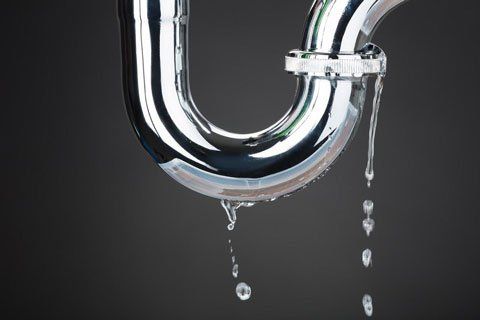Overview To Water Leak Detection At Home
Overview To Water Leak Detection At Home
Blog Article
Were you trying to locate facts on Detecting hidden plumbing leaks?

Early detection of dripping water lines can mitigate a prospective disaster. Some little water leaks may not be visible.
1. Check Out the Water Meter
Every home has a water meter. Examining it is a surefire manner in which aids you find leakages. For beginners, turn off all the water sources. Guarantee no person will flush, utilize the tap, shower, run the washing device or dish washer. From there, most likely to the meter and watch if it will certainly transform. Since nobody is using it, there need to be no activities. If it moves, that suggests a fast-moving leak. Also, if you find no changes, wait a hr or two as well as inspect back once more. This means you might have a slow-moving leak that could even be below ground.
2. Check Water Usage
Analyze your water costs and track your water usage. As the one paying it, you should discover if there are any disparities. If you spot sudden changes, despite your consumption being the same, it implies that you have leakages in your plumbing system. Bear in mind, your water expense need to drop under the very same array every month. A sudden spike in your bill indicates a fast-moving leak.
A consistent rise every month, even with the very same practices, reveals you have a slow-moving leak that's additionally slowly intensifying. Call a plumber to thoroughly inspect your building, particularly if you really feel a cozy location on your flooring with piping underneath.
3. Do a Food Coloring Examination
When it comes to water intake, 30% comes from toilets. If the shade somehow infiltrates your bowl during that time without flushing, there's a leak in between the tank and dish.
4. Asses Outside Lines
Do not forget to check your outside water lines as well. Must water seep out of the connection, you have a loose rubber gasket. One tiny leakage can waste loads of water and also increase your water expense.
5. Evaluate as well as Assess the Circumstance
House owners ought to make it a habit to check under the sink counters as well as even inside closets for any bad odor or mold growth. These two warnings show a leak so timely interest is called for. Doing routine inspections, even bi-annually, can conserve you from a significant trouble.
Much more significantly, if you understand your residence is already old, keep a watchful eye on your heating units, pipes, pipelines and so on. Check for discolorations and compromising as many home appliances as well as pipelines have a life span. They will likewise naturally degrade because of deterioration. Don't wait for it to rise if you suspect leaking water lines in your plumbing system. Call a professional plumber as soon as possible so you do not end up with a dreadful mess in your home.
Early detection of dripping water lines can minimize a possible disaster. Some little water leaks may not be visible. Inspecting it is a proven way that assists you discover leaks. One tiny leak can lose tons of water and also spike your water costs.
If you think leaking water lines in your plumbing system, do not wait for it to intensify.
WARNING SIGNS OF WATER LEAKAGE BEHIND THE WALL
PERSISTENT MUSTY ODORS
As water slowly drips from a leaky pipe inside the wall, flooring and sheetrock stay damp and develop an odor similar to wet cardboard. It generates a musty smell that can help you find hidden leaks.
MOLD IN UNUSUAL AREAS
Mold usually grows in wet areas like kitchens, baths and laundry rooms. If you spot the stuff on walls or baseboards in other rooms of the house, it’s a good indicator of undetected water leaks.
STAINS THAT GROW
When mold thrives around a leaky pipe, it sometimes takes hold on the inside surface of the affected wall. A growing stain on otherwise clean sheetrock is often your sign of a hidden plumbing problem.
PEELING OR BUBBLING WALLPAPER / PAINT
This clue is easy to miss in rooms that don’t get much use. When you see wallpaper separating along seams or paint bubbling or flaking off the wall, blame sheetrock that stays wet because of an undetected leak.
BUCKLED CEILINGS AND STAINED FLOORS
If ceilings or floors in bathrooms, kitchens or laundry areas develop structural problems, don’t rule out constant damp inside the walls. Wet sheetrock can affect adjacent framing, flooring and ceilings.
https://www.servicemasterbyzaba.com/blog/how-to-detect-water-leakage-in-walls/

As a passionate reader about Hacks to detect leaks, I thought sharing that piece was really helpful. In case you liked our post kindly remember to share it. Thank you for your time invested reading it.
Report this page